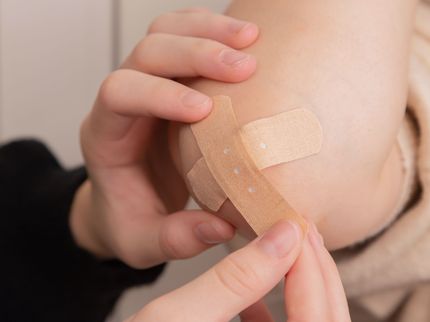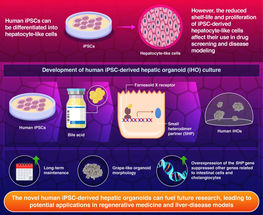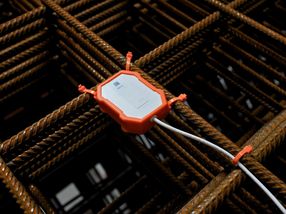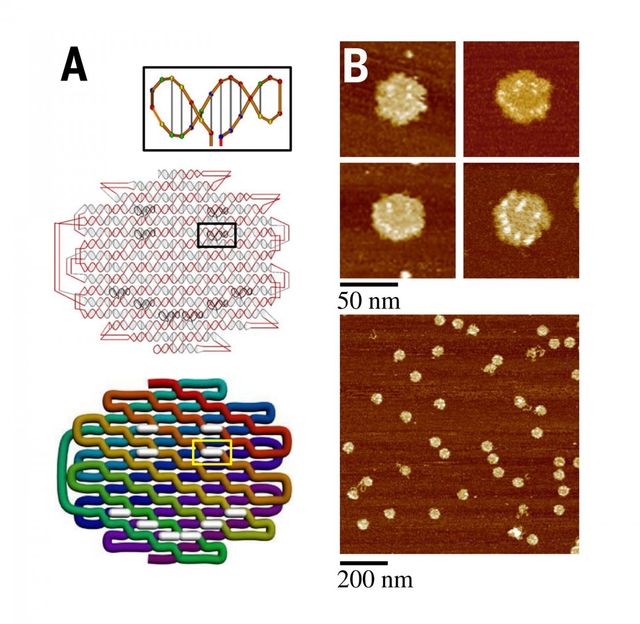Human scabs serve as inspiration for new bandage to speed healing
Human scabs have become the model for development of an advanced wound dressing material that shows promise for speeding the healing process, scientists are reporting. Their study appears in the journal ACS Applied Materials & Interfaces.
Shutao Wang and colleagues explain that scabs are a perfect natural dressing material for wounds. In addition to preventing further bleeding, scabs protect against infection and recruit the new cells needed for healing. Existing bandages and other dressings for wounds generally are intended to prevent bleeding and infections. Wang's team set out to develop a new generation of wound dressings that reduce the risk of infections while speeding the healing process.
They describe how research on the surface structure of natural scabs served as inspiration for developing a "cytophilic" wound dressing material. It attracts new cells needed for healing. The material mimics the underside of scabs, where tiny fibers are arranged in the same direction like velvet or a cat's fur. Wang's team spun fibers of polyurethane — the common durable and flexible plastic — into the same pattern. In laboratory experiments, the human cells involved in healing quickly attached to the membrane and lined up like those in actual scabs. The scientists conclude that this membrane "is of great potential in fabricating dressing materials for rapid wound healing, as well as other biomaterials, such as membrane for capturing circulating tumor cells, bone growth and constructing neural networks."
Most read news
Organizations

Get the life science industry in your inbox
By submitting this form you agree that LUMITOS AG will send you the newsletter(s) selected above by email. Your data will not be passed on to third parties. Your data will be stored and processed in accordance with our data protection regulations. LUMITOS may contact you by email for the purpose of advertising or market and opinion surveys. You can revoke your consent at any time without giving reasons to LUMITOS AG, Ernst-Augustin-Str. 2, 12489 Berlin, Germany or by e-mail at revoke@lumitos.com with effect for the future. In addition, each email contains a link to unsubscribe from the corresponding newsletter.

























































